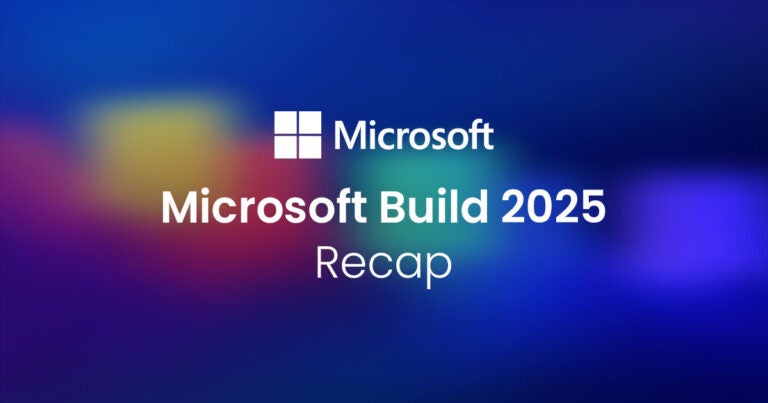Two ways to achieve secure remote desktops.
At Pax8, when Microsoft announces new services, we listen. It’s important to us that we stay current with offerings so we can help our partners stay relevant to their clients. Some believe it’s an MSP’s fiduciary responsibility to keep their clients’ data as safe as technology allows. Pax8 assumes our own role by helping you learn about and adopt new technologies that can help keep data secure. In that spirit, let’s take a general overview look at the differences between Azure Virtual Desktop (AVD) and Windows 365 Cloud PC (W365). The result of both is a secure remote desktop for your clients, but the means to that end are very different. And choosing one over the other can be complicated.
Azure Virtual Desktop (AVD)
AVD is a variable cost infrastructure as a Service (IaaS), offering a dedicated personal or multi-session (more than one user at a time on a session host server) secure remote Win 10 or 11 desktop experience. AVD requires that you deploy and manage Azure cloud infrastructure. This includes a domain controller for identity services, a file server to host FSLogix, and a session host server among other workloads. If multiple session hosts are required, all but one can be automatically decommissioned during down-times, such as nights and weekends, to save infrastructure costs.
AVD is a more complex offering, but it affords greater control and customizability. AVD is great for MSPs who have a bit of Azure experience with clients who host RemoteApp streaming or legacy line business applications, and who want to turn off resources during periods, such as nights or weekends, when workers are logged off their remote desktops.
AVD provides MSPs the opportunity to replace on-premises or colocation hosted Virtual Desktop Infrastructure (VDI). This might come at a time of a hardware refresh. Give your client the AVD option and move them from a Capital Expense model to an Operating Expense model. Another opportunity we’ve seen at Pax8 is partners with minimal Azure experience hosting complex AVD environments supported by Pax8 Infrastructure Solutions Consultants guiding the Azure and AVD learning. Some partners also find value in leveraging Nerdio at Pax8 to help deploy, automate, manage and optimize their clients’ AVD environments.
Additional AVD Resources
Windows 365 Cloud PC (W365)
W365 is a fixed-price Software as a Service (SaaS) delivering personal, dedicated, and secure remote desktops with Microsoft enabling and managing the Azure cloud infrastructure that hosts the W365 platform. W365 offers Business and Enterprise editions. Business is for fewer than 300 users and cannot leverage hybrid identity. On the other hand, Enterprise has no user cap and can leverage on-premises or cloud-based domain controllers via Azure Active Directory Domain Join (AADJ). For each desktop you can choose a range of RAM and CPU.
W365 is optimal when using OneDrive, Teams, SharePoint, and cloud-based applications. This is great for MSPs who don’t have much Azure experience, prefer a fixed per-desktop price, and have clients that are only hosting cloud-based applications.
The MSP opportunity here is to help clients without cloud infrastructure experience quickly and securely transition to a remote workforce. Work-from-home and BYOD workers are using a mix of Windows, Mac, iOS, and Android on desktops, laptops, tablets, and phones — all of which work with W365.
The fixed billing model of W365, along with its ease of deployment and management, engages MSPs who might otherwise not have the technical knowledge to host this in their cloud infrastructure. Microsoft hosts the W365 platform which allows MSP to offer a secure remote desktop service to new and existing clients.
Additional W365 Resources
AVD and W365 Side by Side
To help you compare AVD to W365, below are the main features from the “Nerdio Data Sheet: Azure Virtual Desktop vs Windows 365.” Also check out ” Choosing Between Windows 365 and Azure Virtual Desktop (AVD): A Business Perspective.”
Choosing the Right Option for Your MSP
The first step in selecting the right offering for your MSP is to understand where these platforms might fit into your existing client base, and how you might use these offerings to market to new clients. Pax8 offers Infrastructure Solution Consultants who can help identify opportunities, price out projects, and offer services to help deploy. It all starts with learning a bit more about the service you’re leaning toward. It’s best to deploy W365, AVD, or both for your own MSP first, so you can understand the technology firsthand.
To learn more about Azure Virtual Desktop or Windows 365 Cloud PC, schedule a call today.






